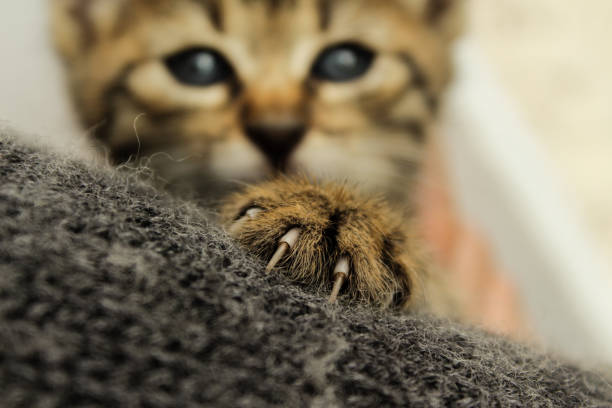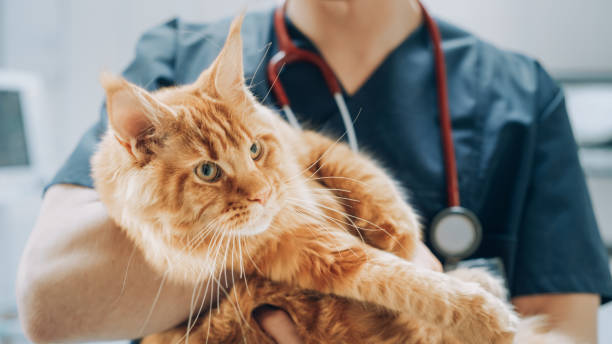
Is Dry Food Bad for Cats with Diabetes? What Every Cat Owner Should Know
Feline diabetes is becoming more common, especially as indoor cats live longer and often struggle with weight issues. One of the most important aspects of managing diabetes in cats is diet — and a big question many owners ask is: “Is dry food bad for cats with diabetes?”
Table of Contents
The short answer? In most cases, yes — dry food is not ideal for diabetic cats. But the full story depends on the individual cat, the type of dry food, and how the diabetes is being managed.
Let’s break it down.
🐱 What Is Feline Diabetes?
Feline diabetes (specifically, diabetes mellitus) occurs when a cat’s body cannot produce enough insulin or becomes resistant to it, causing elevated blood sugar levels.
Common symptoms include:
- Excessive thirst and urination
- Increased appetite
- Weight loss
- Lethargy
Diabetes in cats is similar to Type 2 diabetes in humans and can often be managed — or even reversed — with proper diet and care.

🧬 Why Diet Matters for Diabetic Cats
Diet has a direct impact on a diabetic cat’s blood sugar levels. The wrong type of food can cause spikes and crashes in glucose, making it harder to control the disease.
Key dietary goals for diabetic cats:
- Low carbohydrates to reduce blood sugar spikes
- Moderate to high protein to maintain lean muscle
- Adequate moisture to support kidney and urinary health
- Consistent feeding schedule to work with insulin timing
🥣 Is Dry Food Bad for Diabetic Cats?
Most commercial dry cat foods are high in carbohydrates, which can cause dangerous blood sugar fluctuations in diabetic cats. Unlike wet foods, dry kibble often contains:
- Corn, wheat, rice, or potatoes as fillers
- 20–40% carbohydrates (vs. 5–10% in wet food)
- Very low moisture content (around 10%)
Because of this, many veterinarians recommend avoiding dry food altogether for diabetic cats — especially if you’re aiming for tight glucose control or insulin remission.
✅ Best Types of Food for Diabetic Cats
1. Prescription Low-Carb Wet Food
- Examples:
- Hill’s m/d
- Purina DM
- Royal Canin Glycobalance
- Specifically formulated to support blood sugar regulation.
2. High-Protein, Low-Carb Commercial Wet Foods
- Look for grain-free, pate-style canned foods with <10% carbs on a dry matter basis.
- Brands like Weruva, Tiki Cat, Fancy Feast Classic, or Wellness CORE often fit the bill.
3. Raw or Homemade Diet (With Vet Guidance)
- Raw or gently cooked diets can work well if formulated by a veterinary nutritionist.
- Must be balanced and low in carbohydrates.
🚫 When Is Dry Food Acceptable for Diabetic Cats?
In rare cases, dry food may be used if:
- The cat refuses to eat wet food, and the priority is keeping them nourished.
- You choose a special low-carb dry food (like Dr. Elsey’s CleanProtein or Young Again Zero Carb).
- You’re working closely with a vet to monitor insulin and glucose levels.
However, even low-carb dry foods still lack moisture, which can stress the kidneys — a concern for many diabetic cats.
💡 Tips for Transitioning a Cat Off Dry Food
- Go slowly to avoid food refusal or stress
- Mix wet food into dry in increasing amounts
- Warm wet food slightly to boost aroma
- Use toppers like bone broth, tuna water, or freeze-dried meat
Patience is key — some cats take weeks to transition.

🩺 The Bottom Line
Yes — for most diabetic cats, dry food is a poor choice. It’s usually too high in carbohydrates and lacks the moisture needed to support a diabetic cat’s overall health.
Feeding a low-carb, high-protein wet diet is considered the gold standard for diabetic cats. Always work with your veterinarian to create a diet plan that fits your cat’s medical needs, preferences, and lifestyle.
Remember: A proper diet can reduce your cat’s insulin needs, stabilize blood sugar, and — in some cases — even send diabetes into remission. The right food choice could literally be life-changing.


